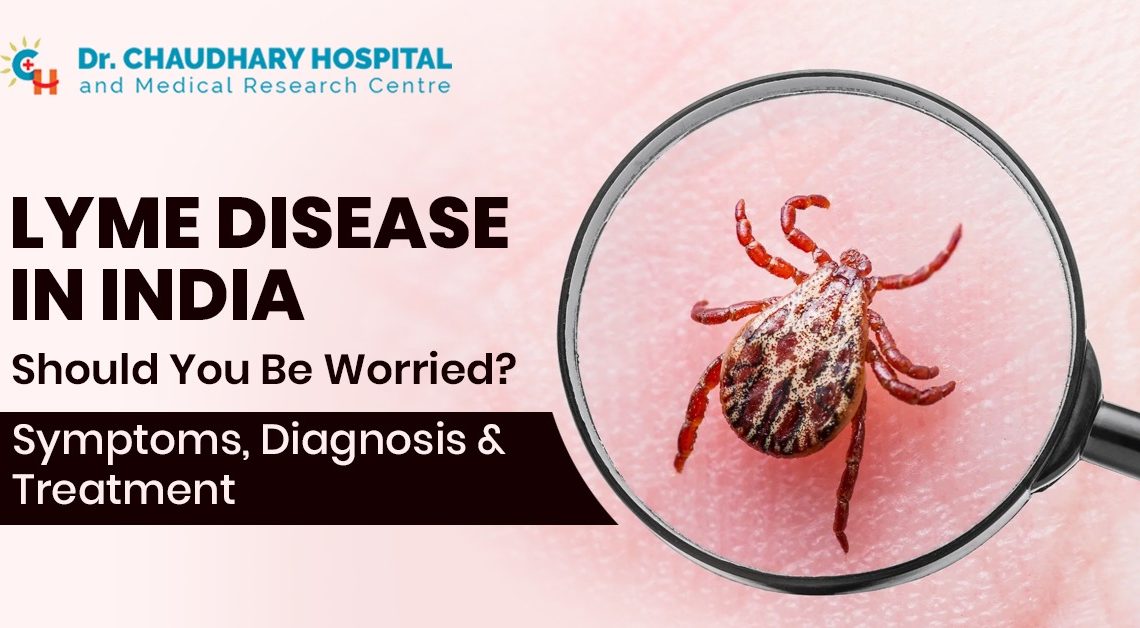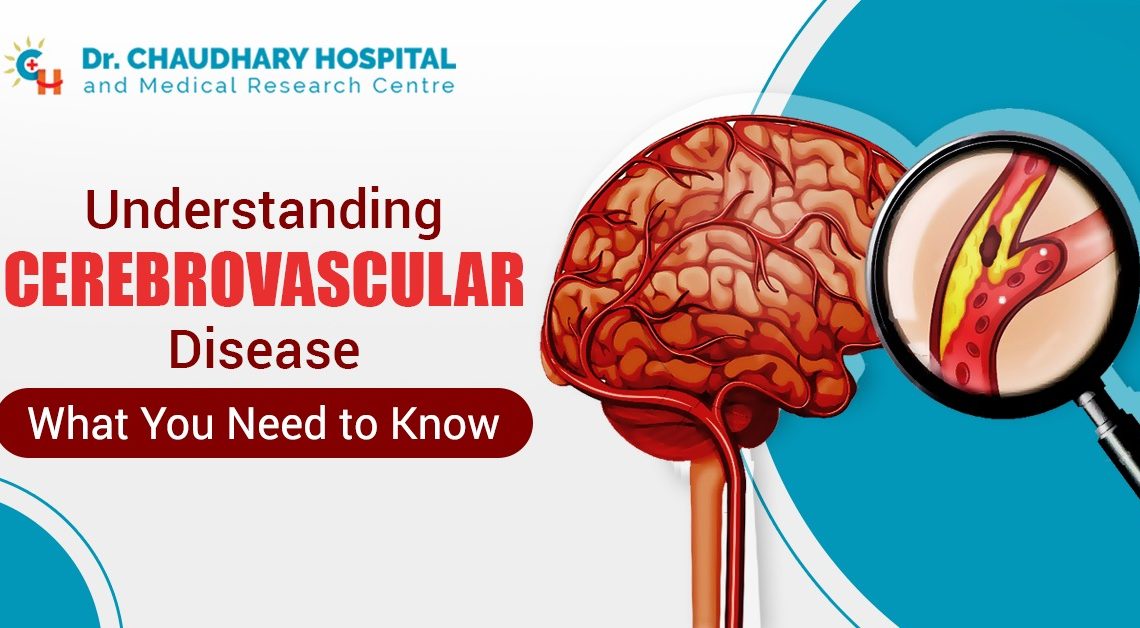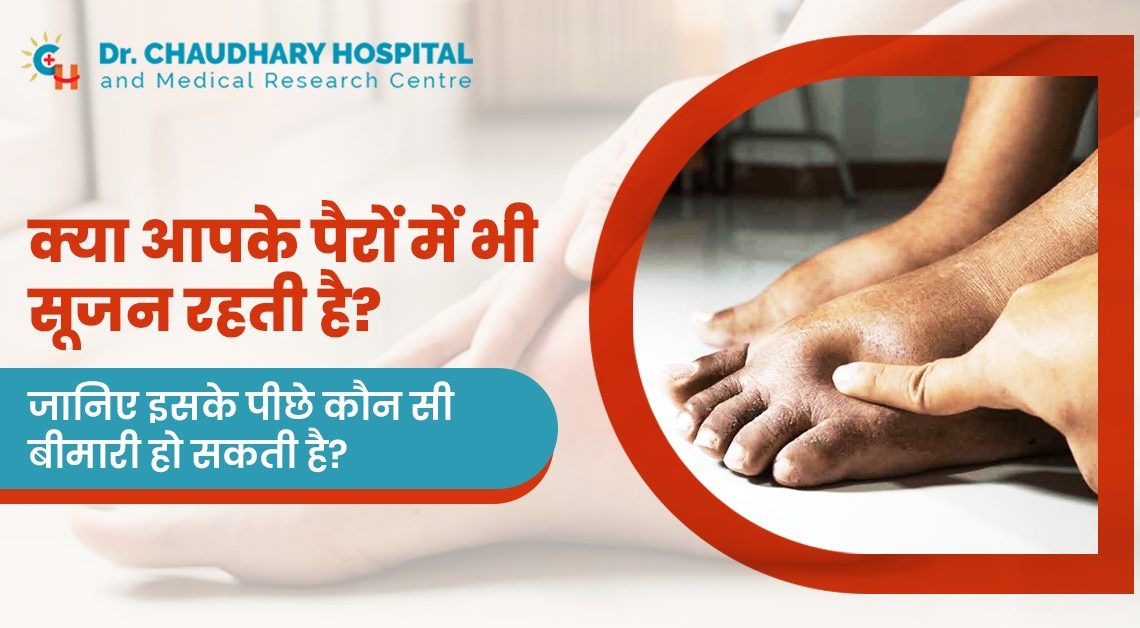Chronic fatigue goes beyond the usual tiredness felt after a long day’s work or a poor night’s sleep. It’s a pervasive tiredness that can drastically affect your routine activities. Today, we’ll delve into the complexities of chronic fatigue and will understand its symptoms, possible causes, and management strategies to help those affected and live a balanced life.
What is Chronic Fatigue?
Chronic fatigue, often known as Chronic Fatigue Syndrome (CFS) or Myalgic Encephalomyelitis (ME), is a complex disorder characterized by extreme fatigue that doesn’t improve with rest and worsens with physical or mental activity. This fatigue significantly impairs daily activities, with symptoms persisting for six months or more.
Symptoms of Chronic Fatigue
The primary symptom of chronic fatigue is unrelenting exhaustion, which isn’t the result of ongoing exertion and isn’t significantly relieved by rest. However, CFS/ME isn’t just about being tired. It includes a spectrum of symptoms-
- Persistent Fatigue- A deep, disabling tiredness.
- Post-exertional Malaise (PEM)- Worsening of symptoms after even minor physical or mental exertion.
- Unrefreshing Sleep- Waking up tired even after a full night’s sleep.
- Cognitive Impairments- Difficulties with memory, concentration, and processing information.
- Muscle and Joint Pain- Frequent muscle aches or joint pain without redness or swelling.
- Headaches- New types or patterns of headaches.
- Sore Throat and Lymph Node Pain- Recurrent sore throat and tender lymph nodes.
- Other Symptoms- Dizziness, allergies, sensitivities to foods, odors, chemicals, or noise, and irregular heartbeat are also possible.
Possible Causes of Chronic Fatigue
The exact cause of Chronic fatigue syndrome is still unknown, though several factors are believed to contribute to its development-
Viral Infections- Some cases of CFS are triggered by viral infections like Epstein-Barr virus or human herpesvirus.
Immune System Issues- There is evidence suggesting that people with CFS may have a slightly impaired immune system.
Hormonal Imbalances- Abnormal blood levels of hormones produced in the hypothalamus, pituitary glands, or adrenal glands have been noted in some CFS patients.
Genetic Predisposition- There seems to be a familial aggregation in some cases, suggesting a possible genetic component.
Physical and Emotional Stress- Some individuals report that their symptoms started during or shortly after a period of great physical or emotional stress.
What is the Diagnosing Method of Chronic Fatigue?
Diagnosing CFS can be challenging as there is no specific test for the condition. Physicians rely on medical histories, symptom checklists, and exclusionary testing to rule out other potential causes of fatigue. The diagnosis is primarily a process of elimination.
What are the Risk Factors Associated with Chronic Fatigue?
The age group most typically affected by CFS is 40–50 years old. Another significant factor in CFS is sex since women are two to four times more likely than males to be diagnosed with the illness.
The following factors further contribute to the increased risk of Chronic Fatigue-
- Genetic Factors
- Allergies
- Stress
- Environmental Factors
How Can You Manage Chronic Fatigue?
While there’s no cure for CFS, there are ways to manage symptoms. The approach depends on the individual’s symptoms and needs. Some effective strategies include-
Balancing Activity- Learning to balance activity and rest to avoid exacerbations. This may involve setting manageable daily activity levels.
Medication- No drugs are approved specifically for CFS, but some medications can control symptoms, such as sleep aids, pain relievers, and antidepressants.
- Cognitive Behavioral Therapy (CBT)- CBT can help patients manage chronic fatigue symptoms by changing how they perceive and react to their condition.
- Graded Exercise Therapy (GET)- A structured exercise program that gradually increases in intensity, helping to increase activity levels without triggering PEM.
- Dietary Changes- Some patients find relief by adjusting their diet, including avoiding known allergens and eating foods that support energy levels.
Living with Chronic Fatigue
Living with chronic fatigue requires adjustments to your lifestyle and expectations. Support from family, friends, and possibly a network of others with CFS is crucial. Education about the disorder can also empower patients and caregivers, helping them to manage expectations and treatment plans effectively.
Conclusion
Chronic fatigue is more than just feeling tired. It’s a severe, long-term illness that can drastically affect one’s quality of life. Understanding the symptoms and possible causes is the first step in managing the condition. If you think you may be experiencing signs of chronic fatigue, it’s essential to seek a complete health checkup from a healthcare professional. Although CFS can be challenging, proper treatment and support can help individuals regain control over their lives and improve their health. Remember, you are not alone, and help is available.





